Mary and the Guild of St George

Mary’s connection with the Guild of St George was revealed on our visit to Sheffield to see her nature diaries which are held in the Ruskin Collection. Apparently Mary introduced herself to the Guild in the early 1930’s (the first letter from her to the Guild held in the Sheffield archive is dated 1935) keen to support their causes which she identified as being close to her heart.
The Guild of St George was founded by John Ruskin in the 1870’s as a non-profit making body to “promote the advancement of education and training in the field of rural economy, industrial design and craftsmanship and appreciation of the arts”. Ruskin appealed for donations of land and property which were held in trust and rented out at affordable rents on long leases in order to implement and support his utopian, social ideals. In addition to this he established the St George’s Museum in Sheffield (now part of the Millennium Galleries). He amassed a collection which was intended to be available to the working class to assist “the liberal education of the artisan”, making works of art accessible to the people.
It is clear from reading Mary’s letters to William Batho that she identified strongly with these ideals, but her commitment to this cause was all the more reinforced in the reading of her Will which reveals that she bequeathed a significant number of properties in Westmill (the village in which she lived for many years and location of the family residence, Coles) to the Guild. Her generosity was acknowledged in her Guild status of ‘Companion Extraordinaire’. Mary wrote to the Guild regularly from 1935 till the mid 1940’s and the letters are held in the Sheffield archive, Box GSG21, box 18. She also donated a number of objects to the Guild “…a little portrait and an Italian casket … a circular revolving table with drawers, all sound…”. On the 30th November, 1941 she writes “..I have come to the end of my treasures”.
Her last letter to them dated June 20th, 1945 details her great interest in Ruskin’s influence and the various papers and speeches she has enjoyed on the subject. She was in her 96th year, demonstrating the energy, passion and sharp intellect she maintained throughout her life. An amazing woman! Sharon

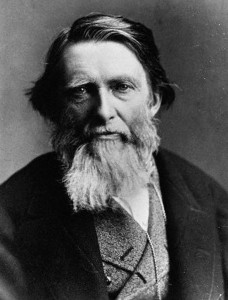
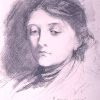
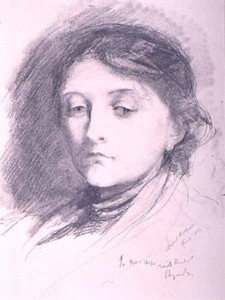
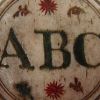
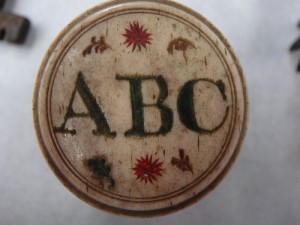
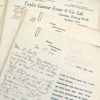
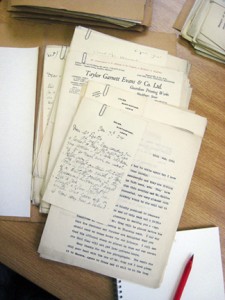
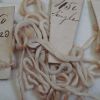

Comments